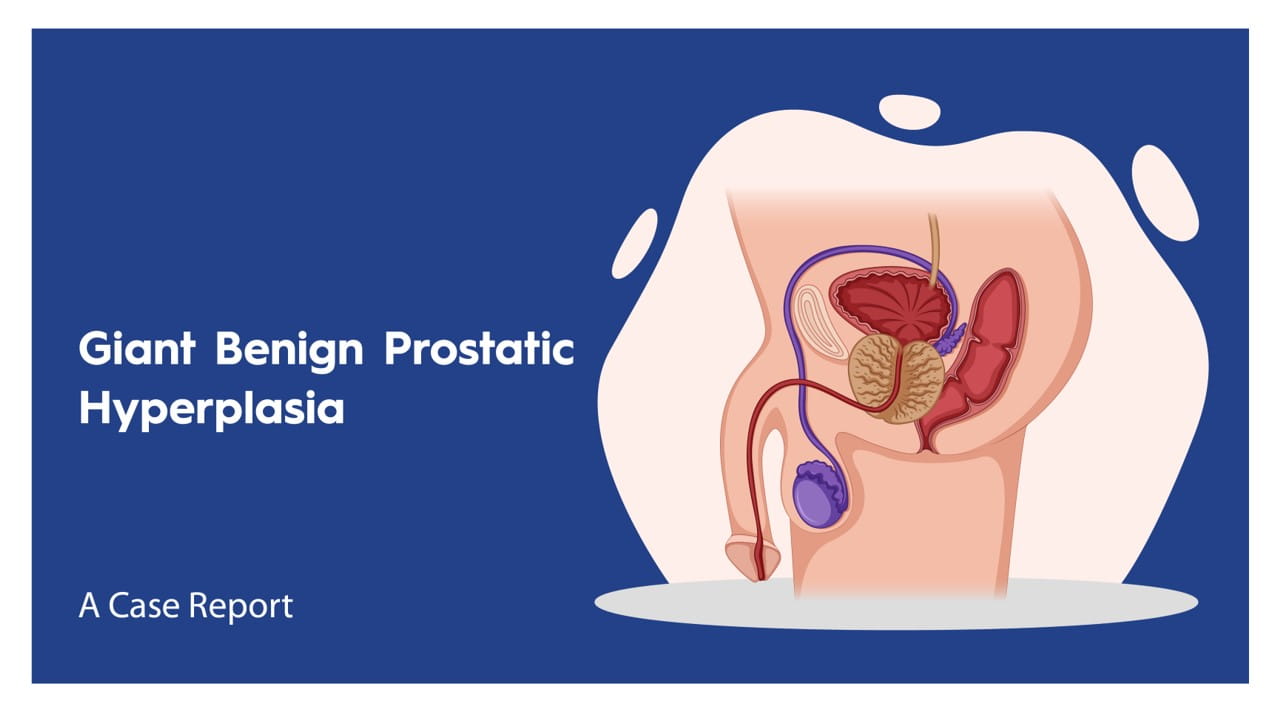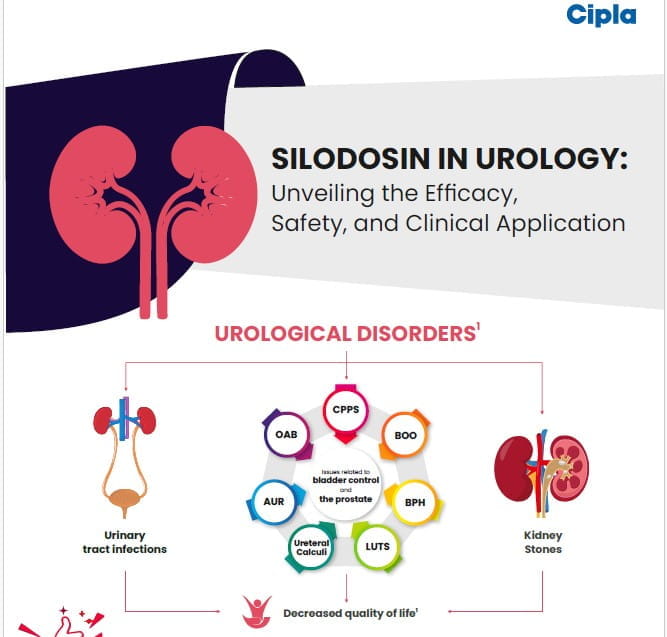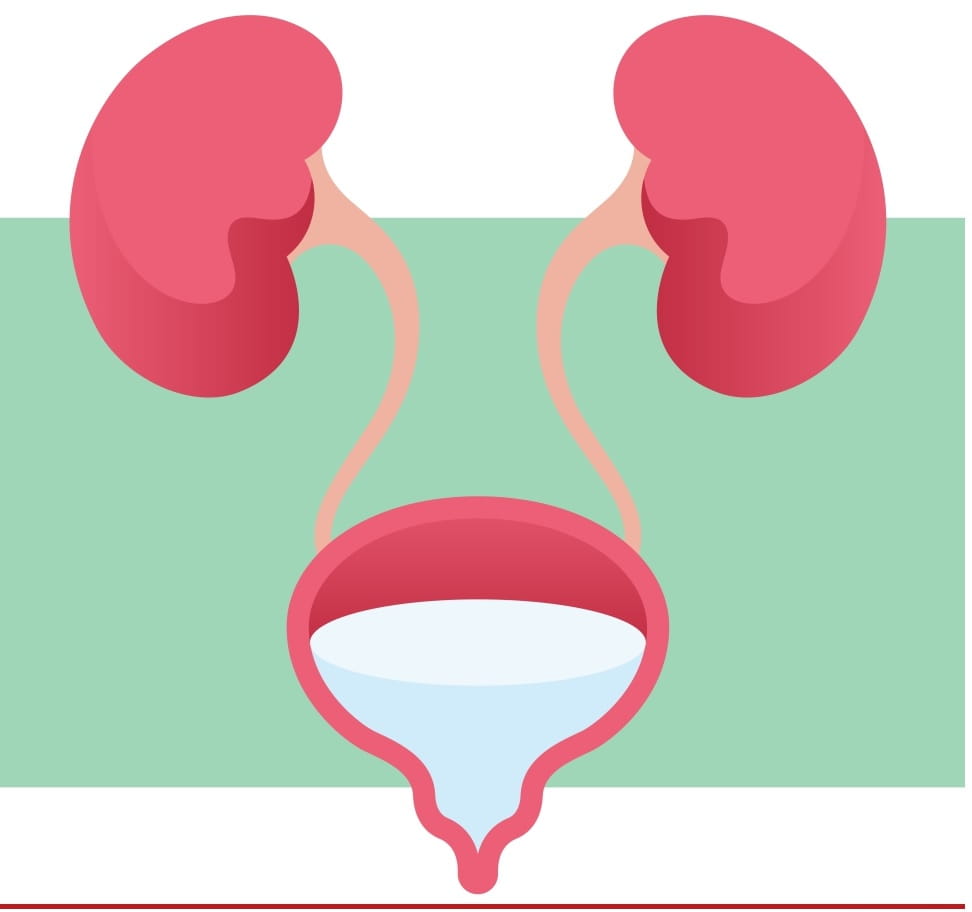AUA 2025: Confederación Americana de Urología Spanish Urology Program: Controversies in Urology
Erectile Dysfunction and Peyronie’s Disease
Speakers: Prof. Arthur Burnett, Prof. Gerald Brock, Prof. Rafael Carrion, Prof. Faysal Yafi
Key Highlights
Case Presentation and Context:
A complex case of Peyronie’s disease was introduced by Prof. Arthur Burnett. The patient, a 52-year-old man, presented with gradually progressive penile curvature (30° leftward angulation, slight dorsal curvature, mid-shaft narrowing), minimal pain, and preserved erectile function. Previous treatments, including vitamin E, intralesional collagenase, and penile traction therapy, had been attempted without significant improvement. Diagnostic evaluation revealed preserved rigidity, and duplex ultrasound findings were normal except for a small hyperechoic plaque.
Surgical Management with Grafts:
Prof. Gerald Brock discussed plaque incision and grafting. Historically, this approach has been utilized for patients with stable Peyronie’s disease, adequate erectile function, and complex curvature or hourglass deformity. It was emphasized that while grafting can correct deformities and preserve penile length, risks include:
- Erectile dysfunction (due to veno-occlusive impairment)
- Sensory loss
- Recurrence of curvature
Grafts are now selectively employed in cases of significant deformity when less invasive treatments are deemed inappropriate. A meta-analysis indicated approximately 80% patient satisfaction, though outcomes were variable. No clearly superior graft type (pericardium, intestinal mucosa, collagen fleece) was identified. It was concluded that grafting should be reserved for highly selected patients, with surgical expertise being a critical factor.
Penile Prosthesis as an Option:
The use of a penile prosthesis in select scenarios was advocated by Prof. Rafael Carrion. Although unable to present slides, he highlighted its relevance in regions with limited follow-up resources (e.g., parts of Latin America). While the index patient did not exhibit erectile dysfunction, it was noted that a one-time prosthesis procedure could provide a definitive solution in healthcare settings where ongoing care or staged interventions may not be feasible.
Plication Plus PDE5 Inhibitors:
A case for penile plication was presented by Prof. Faisal Yafi, emphasizing its minimal invasiveness, durability, and high satisfaction rates for patients with mild to moderate curvature and preserved rigidity. Key points included:
- A 30° curvature with mild narrowing was considered well-suited for plication alone.
- Techniques such as the 16-dot or Yachia plication were described as effective.
- Functional penile length was typically preserved.
- Plication could be enhanced with penile traction devices (e.g., RestoreX) to maintain or increase length pre- and postoperatively.
The misconception of significant penile shortening with plication was addressed, with data presented showing either no measurable loss or modest gains in functional length. For patients with hourglass deformity, extra-tunical grafting (onlay graft placed over tunica without full incision) during plication was described as a viable adjunct.
Panel Discussion and Consensus:
During the audience poll, a majority preference was expressed for plication with or without PDE5 inhibitors. Grafting was considered overly invasive for this case, and prosthesis implantation was viewed as premature given the patient’s preserved function.
Key consensus points included:
- Observation was deemed reasonable if the patient was satisfied with current function.
- Plication with or without extra-tunical grafting was preferred if surgical correction was desired.
- Grafting was suggested to be reserved for more severe or complex deformities with high patient expectations and surgeon expertise.
- Penile prosthesis was acknowledged as suitable in select cases, particularly where follow-up or progressive ED was anticipated.
Conclusion:
Prof. Burnett summarized that multiple treatment paths exist for Peyronie’s disease, depending on deformity severity, erectile function, and healthcare context. For this case, conservative management or plication was likely to yield optimal outcomes.
Male Overactive Bladder (OAB) and Bladder Outlet Obstruction
Speakers: Dr. Bradley Gill, Dr. Arturo Garcia, Dr. Dean Elterman
Key Highlights
Introduction:
The clinical complexity of male patients presenting with mixed lower urinary tract symptoms (LUTS), particularly the interplay between overactive bladder (OAB) and bladder outlet obstruction (BOO), was addressed. The role of diagnostics, medical management, and surgical strategies in optimizing outcomes was examined by experts.
Case Presentation:
A 59-year-old man with mixed LUTS—predominantly urgency—was presented. His prostate measured 50 g, PSA was stable at 2 ng/mL, and post-void residual (PVR) was 70 mL. A maximum flow rate (Qmax) of 9 mL/s with a voided volume of 208 mL suggested a weak urinary stream, though no definitive ultrasound evidence of obstruction (e.g., intravesical prostatic protrusion or bladder wall thickening) was observed. A bladder diary confirmed daytime frequency without nocturnal polyuria.
Diagnostic Dilemmas and the Role of Urodynamics:
The limitations of urodynamics were highlighted by Dr. Bradley Gill. While the test can clarify detrusor overactivity (DO) or BOO, its poor sensitivity for OAB, potential artifacts from catheterization, and uncertain impact on clinical outcomes were noted. The UPSTREAM trial was referenced, demonstrating that routine urodynamics did not influence surgical decision-making or predict success in benign prostatic hyperplasia (BPH). Instead, a stepwise approach was advocated: empiric therapy targeting either BPH or OAB based on dominant symptoms, followed by reassessment.
Pharmacological Strategy: Precision Based on Symptom Phenotyping:
The importance of symptom phenotyping, particularly in patients with metabolic syndrome, was emphasized by Dr. Arturo Garcia. For the presented case—a mixed but storage-predominant profile—initial combination therapy with mirabegron (a β3 agonist) and tamsulosin was recommended. Evidence suggesting β3 agonists may outperform antimuscarinics in metabolic syndrome patients was cited. The integrative European guidelines for mixed LUTS were favored over the compartmentalized American model, which may lead to undertreatment of OAB symptoms in men presumed to have BPH.
Surgical Intervention: Addressing the Dual Pathology:
Surgical considerations were presented by Dr. Dean Elterman, emphasizing the need to treat both BOO and secondary OAB. Holmium laser enucleation of the prostate (HoLEP) was positioned as the most effective option for comprehensive tissue removal and OAB symptom relief, improving DO in up to 80% of patients. Transurethral resection of the prostate (TURP) and aquablation also demonstrated favorable outcomes, though with potentially less tissue resection. Minimally invasive surgical therapies (MIST), such as Rezūm or UroLift, were cautioned against in men with significant OAB due to limited efficacy in relieving obstruction and insufficient evidence for resolving DO.
Patient expectations were stressed as critical, particularly regarding the potential persistence of storage symptoms post-deobstruction and the extended time frame (up to 12 months) required for bladder remodeling and symptom improvement.
Panel Consensus and Takeaways:
The panel agreed that empiric pharmacologic treatment with reassessment is often the most practical initial approach. Urodynamics may be selectively employed in refractory or ambiguous cases. When surgery is considered, preference should be given to techniques with proven efficacy in both BOO and OAB. Ultimately, individualized management—balancing symptom phenotype, diagnostic findings, and patient expectations—was deemed essential for optimizing outcomes in men with complex LUTS.
Stones Larger than 2 cm, Will New Technology for Ureteroscopy Replace Percutaneous Nephrolithotomy?
Speakers: Dr. Norberto Bernardo, Dr. Karen Stern, Dr. Guido Giusti, Dr. Bradley Schwartz
Key Highlights
Introduction:
A panel discussion moderated by Dr. Norberto Bernardo was conducted, focusing on the management of renal stones >2 cm. Three surgical approaches were debated: flexible ureteroscopy (fURS), mini percutaneous nephrolithotomy (mini-PCNL), and standard PCNL. The discussion centered on a case of a 33-year-old woman with an 11,000 mm³ renal pelvis stone and normal renal function.
Flexible Ureteroscopy Perspective:
The case for ureteroscopy was presented by Dr. Karen Stern. Modern advancements, including suction-enabled ureteroscopes (FANS, CVAC) combined with high-powered lasers, were highlighted. Stone-free rates of 96-98% with low complication profiles were reported. The outpatient nature of the procedure and avoidance of tract-related complications were emphasized. However, it was acknowledged that PCNL might still be required in certain cases based on patient factors.
Mini-PCNL Perspective:
Dr. Guido Giusti advocated for mini-PCNL, particularly with modern suction-integrated systems. Improved clearance rates compared to fURS were presented, though with slightly higher complication rates. Concerns were raised about underreported fURS complications, including sepsis and strictures. A hybrid approach combining initial fURS with potential escalation to PCNL was suggested.
Standard PCNL Perspective:
The gold standard position of PCNL was defended by Dr. Bradley Schwartz. Superior stone-free rates and procedural efficiency were emphasized. Lower intrarenal pressures compared to other modalities were noted as reducing sepsis risk. Comparable parenchymal injury to mini-PCNL was demonstrated through pathology studies. Standard PCNL was recommended as the preferred approach for stones >2 cm per current guidelines.
Key Takeaways:
Three main conclusions were reached:
- Flexible ureteroscopy with suction was recognized as a safer alternative with comparable efficacy in selected cases.
- Mini-PCNL was shown to provide high clearance with reduced morbidity compared to standard PCNL.
- Standard PCNL was reaffirmed as the most efficient modality for large stones despite slightly higher risks.
Conclusion:
The session concluded with an audience poll demonstrating nearly equal preference for all three techniques. The importance of individualized treatment selection based on surgeon experience and patient factors was emphasized. Current guidelines continue to recommend standard PCNL as the gold standard for stones >2 cm.
Surgical Management for Benign Large Prostates
Speakers: Dr. Sanchez Macia, Dr. Rene Sotelo, Dr. Steven Kaplan
Key Highlights
Introduction:
A panel discussion was conducted to evaluate surgical approaches for managing benign prostatic hyperplasia (BPH) in large prostates (>100g). Three modalities—Holmium laser enucleation of the prostate (HoLEP), robotic simple prostatectomy, and aquablation—were compared. A case of a 65-year-old male with a 200+ gram prostate and persistent lower urinary tract symptoms (LUTS) was discussed.
HoLEP (Holmium Laser Enucleation of the Prostate):
The advantages of HoLEP were presented by Dr. Sanchez Macias:
- It was emphasized as the preferred approach for large prostates, including those up to 200g.
- Newer laser technologies (Thulium Fiber Laser, Neodymium-doped Thulium) were noted to have similar efficacy and safety profiles.
- No clear superiority between HoLEP and TFL was found, though TFL was suggested to offer better coagulation in anticoagulated patients.
- Successful outcomes were stated to depend on surgeon expertise and technology availability rather than laser type.
- Low incontinence rates (<1%) and cost-effectiveness were highlighted.
Robotic Simple Prostatectomy:
Dr. Sotelo advocated for robotic surgery in specific cases:
- Large adenomas (>150g), bladder stones, diverticula, urethral strictures, or concurrent hernias were identified as ideal indications.
- Various techniques (anterior, posterior, SP transvesical) and innovations (Fisher maneuver, swimmer technique) were described.
- Compared to HoLEP, robotic surgery was noted to have:
- A shorter learning curve (10–12 cases vs. >50 for HoLEP).
- Lower urethral stricture and incontinence rates.
- Longer catheterization times, though newer SP approaches were reducing this gap.
- More predictable hemostasis, particularly in large glands.
Aquablation:
Dr. Kaplan presented aquablation as a minimally invasive alternative:
- Consistent efficacy was reported across prostate sizes, including >300g.
- Advantages included short procedural time (~9 minutes), precise resection, and high ejaculation preservation rates.
- Five-year data demonstrated durable symptom relief, low retreatment rates (<4%), and sustained improvements in Qmax and PVR.
- Modified techniques (bladder neck cauterization) were noted to reduce transfusion risks.
- Newer systems (Hydros) were highlighted for eliminating dependency on company technicians.
Clinical Decision-Making Insights:
Key considerations were discussed:
- In the presented case, HoLEP was successfully used to remove 210g of tissue after incomplete aquablation.
- For anticoagulated patients:
- TFL was preferred due to better coagulation.
- Robotic surgery was feasible with bridging but carried bleeding risks.
- Aquablation was possible with modified techniques. Sexual function preservation was strongest with aquablation, though often a lower priority in large prostates. Cost-effectiveness favored endoscopic laser enucleation, particularly in resource-limited settings.
Conclusion:
All three techniques—HoLEP, robotic prostatectomy, and aquablation—were recognized as viable options for large prostate BPH, each with distinct advantages:
- HoLEP was reaffirmed as the gold standard in experienced hands due to efficacy and cost-efficiency.
- Robotic prostatectomy was recommended for complex anatomical cases due to its lower learning curve.
- Aquablation was positioned as a less invasive option with superior sexual function preservation.
Final treatment selection was emphasized to depend on surgeon expertise, patient anatomy, and individual treatment goals.
American Urological Association 2025, April 26-29, Las Vegas, NV




